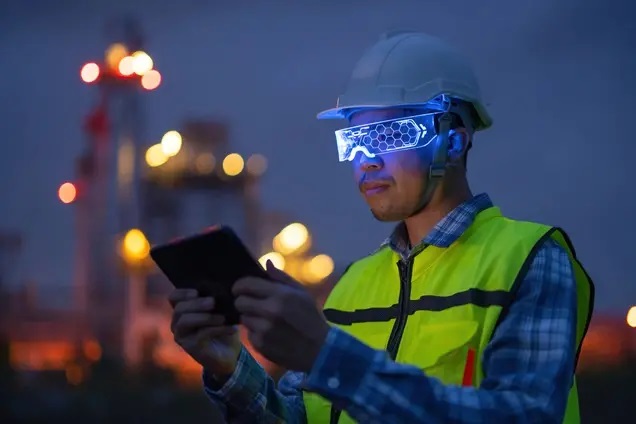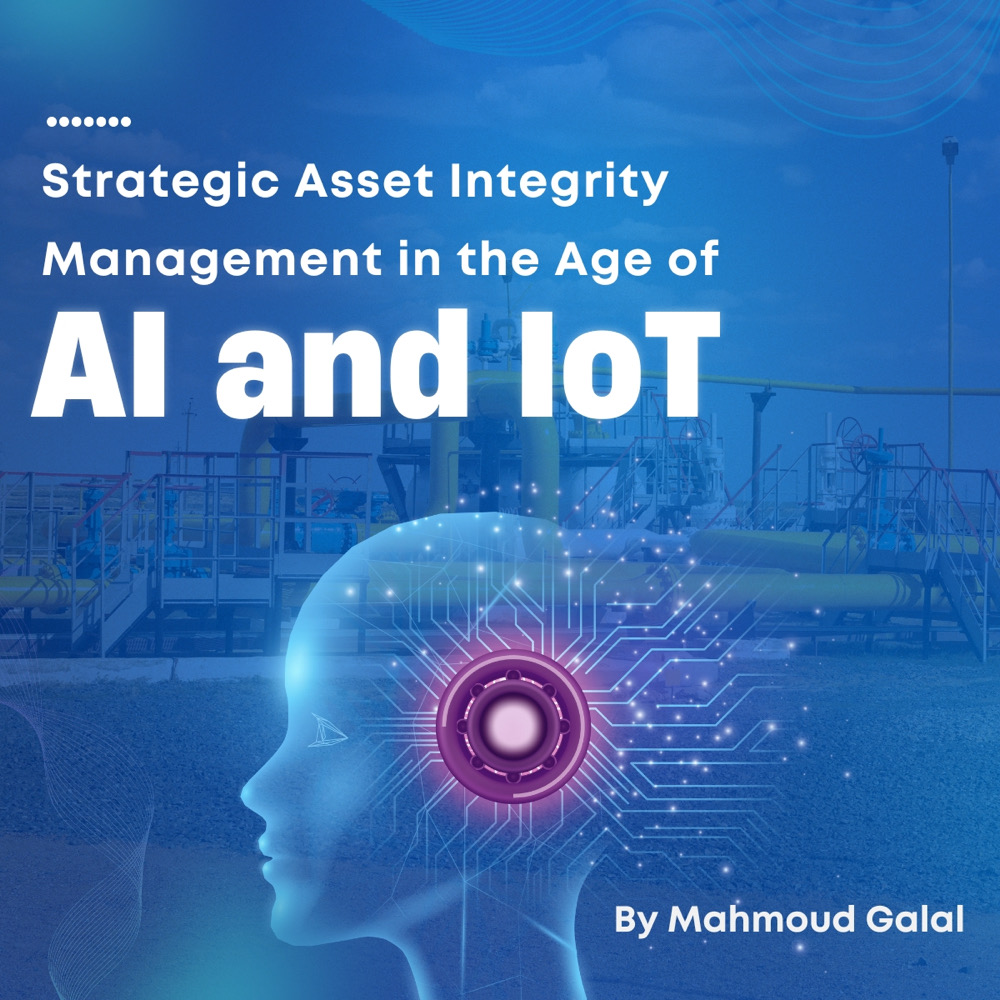New Technologies
XR technologies on hand to enhance efficiency of oil and gas, construction sectors
Published on : 2023-11-18

XR (Extended Reality) technologies could help organisations in the Middle East enhance operational efficiency, optimise processes and improve workforce performance at reduced overall cost, according to experts from India-headquartered global ICT company Sify Technologies.
“XR are immersive technologies that provide users the digital experiences either by merging the physical world and digital world, or by creating a standalone virtualized immersive experience,” said Saai Sundar H, Head of Centre of Excellence (COE) of Sify, one of the largest ICT solutions and services provider in India.
XR technologies, comprising Augmented Reality (AR), Virtual Reality (VR) and Mixed Reality (MR), rely on specific hardware, usually in the form of wearable headsets, to provide virtually enhanced 3D content/experiences for human senses by combining immersive visuals, auditory, kinaesthetic, and tactile elements.
“XR technologies are not only greatly impacting business outcomes for organisations but also the lives of their workforce across industries ranging from engineering, manufacturing oil and gas, aerospace, construction, healthcare and retail,” said Head of Digital learning Ajith Menon.
He underlined that key operational areas for incorporating XR technologies range from on-boarding of new hires, up-skilling/re-skilling/cross-skilling of existing workforce and inventory management to remote assistance, safety behaviour, and maintenance and troubleshooting.
Infrastructure and energy
Sundar pointed out that in the oil and gas industry, for example, XR can be used to create realistic training simulations for workers, allowing them to familiarise themselves with equipment and processes in a safe environment. In maintenance and inspections, AR can overlay critical information on real-world equipment, assisting in regular maintenance and spotting potential issues.
In cost-heavy undertakings such as exploration and production, “engineers can use VR to visualise reservoir data in three dimensions, aiding in the decision-making process for exploration and drilling,” he noted.
In construction industry, XR applications include giving stakeholders a virtual tour of the proposed construction site to visualise the result before start of construction through site visualisation; Remote collaboration in real time using MR, enabling teams to make on-the-fly changes to designs if needed and Augmented blueprint, which involves overlaying a digital blueprint on the actual construction site for ensuring that everything is proceeding as per plan.
“Virtual environments can also simulate various construction site hazards, training workers on how to handle them safely,” explained Menon.
“Once a building is constructed, AR can support asset management by helping facility managers visualise hidden systems like plumbing or electrical networks for maintenance,” he noted.
Risk analysis
Sunder advised businesses considering XR adoption to conduct a thorough risk-benefit analysis, starting with pilot projects before a full-scale rollout.
“Partnering with experienced XR providers and consulting with stakeholders, including end-users, can help address these challenges effectively,” he said.
The challenges, he noted, range from content and hardware consideration, technical hurdles and data security to change management and cost.
On the cost front, high-quality XR equipment, software, and the infrastructure required could be expensive.
“This includes VR headsets, AR glasses, haptic feedback systems, and powerful computers. Keeping the technology up-to-date, especially in a rapidly evolving field like XR, might require consistent investments,” noted Sunder.
Moreover, XR content creation is unlike traditional media.
Menon said: “XR content like VR training modules or AR overlays needs specialised skills and tools for development. Creating or updating this content can be resource intensive.”
Data security assumes tremendous significance since XR can collect a vast amount of data, including biometric data (like eye-tracking) or spatial data (like movements and interactions).
“Protecting this data is paramount. As XR becomes more common, regulations around data collection and privacy might become stricter,” said Sunder.
Sustainability
With companies in the region embracing sustainability and setting goals from emission reduction to increasing energy efficiency to sourcing responsibly, XR technologies help businesses become more sustainable.
According to Sunder, remote immersive collaboration through VR can reduce the carbon footprint of business activities by cutting down on travel while virtual prototyping minimises physical waste and resource usage by allowing businesses to design and test products in virtual environments before creating physical prototypes.
Menon added that employees can be trained on sustainability practices in an engaging and immersive manner.
“For instance, a VR module can simulate the consequences of an oil spill or deforestation, making the lessons more visceral,” he said.
By providing real-time data visualization on-site, AR enhances resource management.
“Factory workers wearing AR glasses can see energy consumption, water usage, and waste production, facilitating informed decisions to conserve resources,” said Menon.
Other examples he shared included:
AR overlays information on a building's energy consumption, insulation quality, and solar potential for efficient energy visualisation;AR glasses streamline maintenance, enabling quick identification of machinery issues, minimising waste and energy consumption from malfunctioning equipment; and XR can be used to simulate and monitor the entire supply chain, aiding companies in identifying inefficiencies, reducing waste, and sourcing materials responsibly.
Sunder said technology advancements, increasing user adoption, and growing industry applications are driving XR evolution.
“Instead of bulky AR headsets, lightweight AR glasses resembling regular eyewear will emerge, with better displays and longer battery life. They will also become smarter, offering real-time information based on what the user is looking at or what task they're performing,” he said.
Combining AR with the Internet of Things (IoT) will lead to smart environments where physical objects interact with digital overlays, he added.
Menon said XR devices will integrate with biometric sensors to understand a user's emotional state, health metrics, or even intent, tailoring experiences accordingly.
“Integrated with AI, XR can offer highly personalised experiences based on user preferences, behaviours, and even emotions,” he said.







